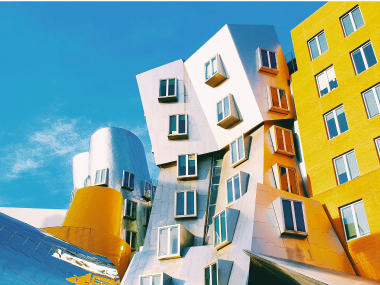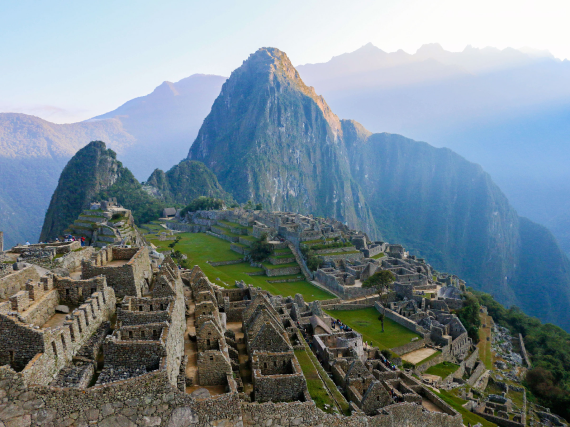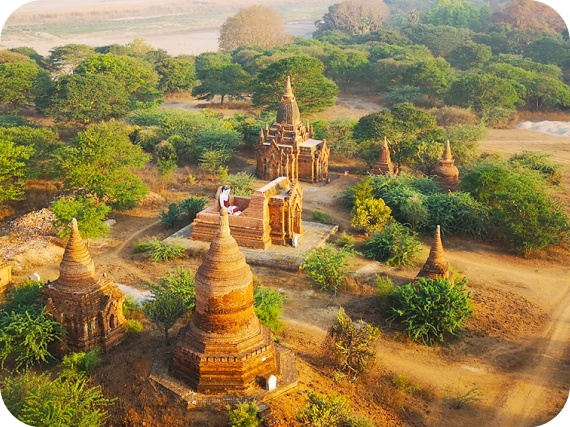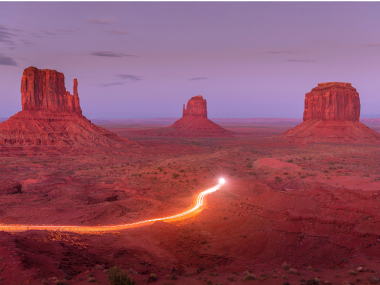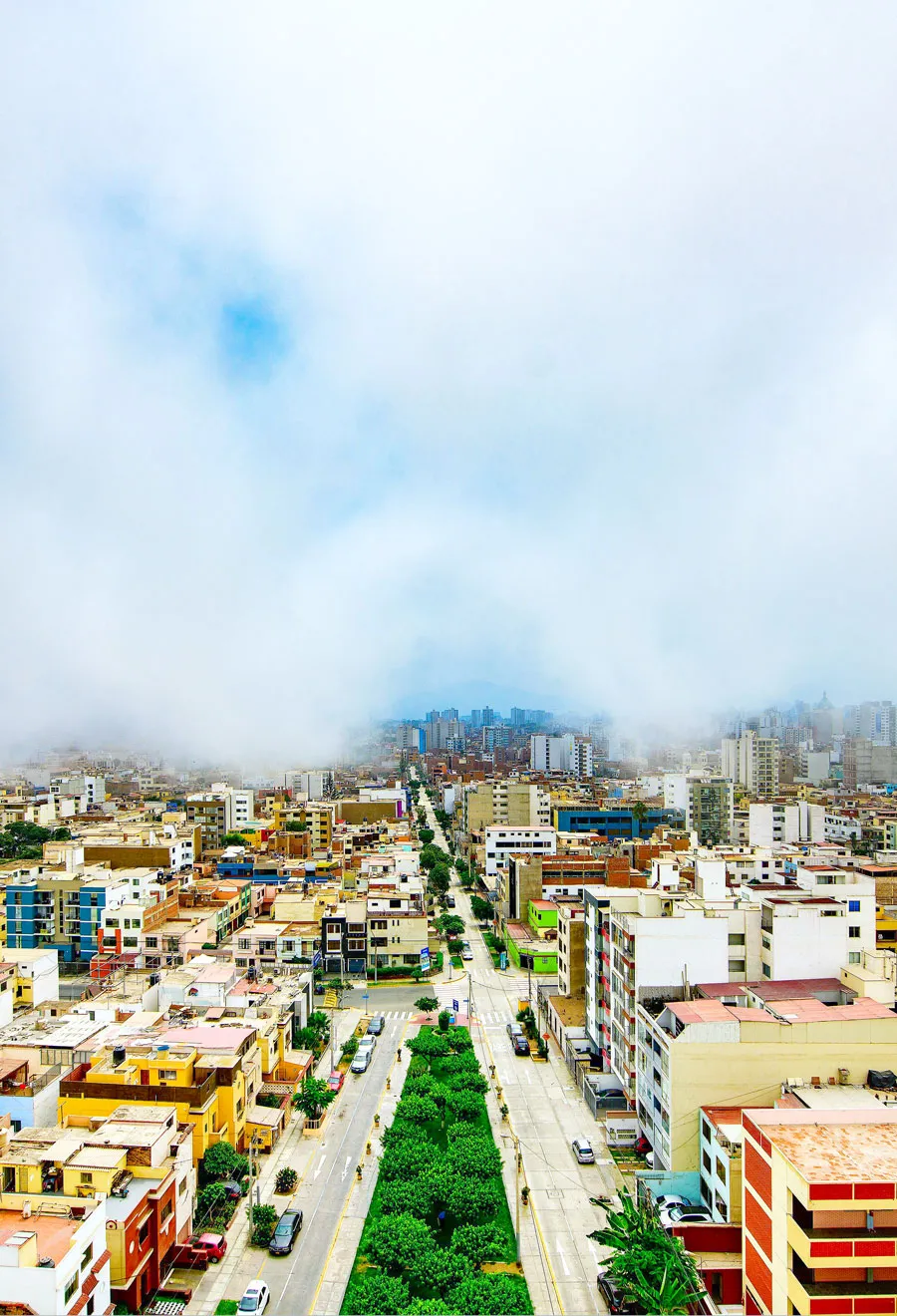Many of the world’s foggiest places are quite remote: fishing grounds like Newfoundland’s Grand Banks or largely uninhabited desert coastal stretches, such as the Namib Desert in Namibia, where warm and cold currents constantly collide. But fog is also a fixture of many major cities. The mysterious haze forms when water vapor condenses into tiny droplets that hover close to the ground, creating what is essentially a low-lying cloud. It often ends up obscuring skylines, delaying flights, and even becoming part of local culture. Here are six cities where fog is not just an occasional visitor, but a defining part of the landscape.
St. John’s, Newfoundland and Labrador, Canada
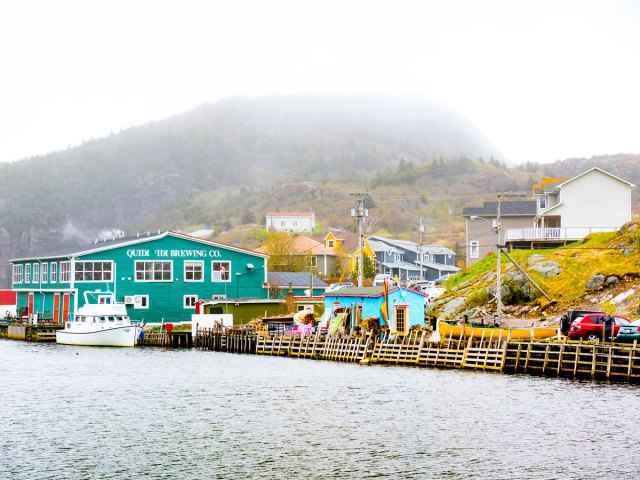
With around 120 foggy days a year, St. John’s ranks as one of the foggiest cities on Earth. The coastal city sits where cold Labrador currents meet the warmer Gulf Stream, generating thick fog especially in the spring and summer months. But like in most major cities that experience frequent fog, one neighborhood can be completely clear, while others are cloaked in the cool dampness for days at a time.
While the fog may look photogenic drifting across Signal Hill or softening the harborfronts and colorful historic St. John’s houses, it can dampen spirits when it hangs around well into the fall — particularly when it’s also accompanied by dreary rain. One spirit it actually lifted, however, was vodka. Instead of bemoaning the long misty stretches, brothers Bill and Kenny Tuff began harvesting the fog using specialized nets, then collected and condensed the water to use in a vodka called — you guessed it — Fog.
San Francisco, California
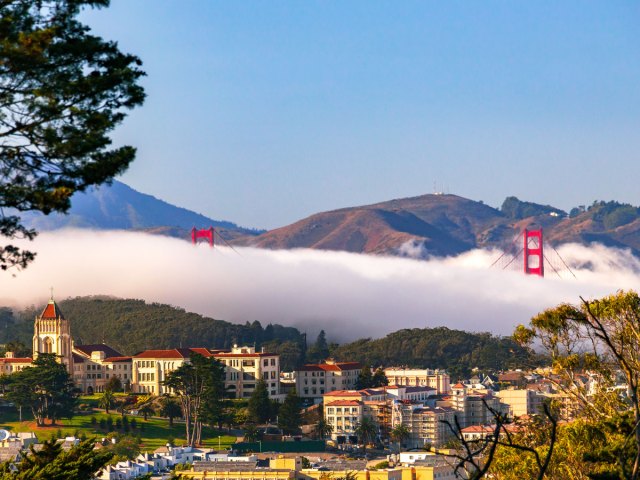
Not many cities can claim to have fog with a dedicated fan base, but San Francisco does. The city’s frequent fog is personified as “Karl the Fog,” who is active across several social media platforms. In one post during a particularly cold and foggy summer in 2025, Karl the Fog even asked for “prayers” as the city experienced its first hot, sunny day in three months.
The science behind San Francisco’s frequent fog is simple: Warm ocean air drifts over the cool California Current, forming something known as advection fog. It’s often seen rolling in over the city’s hills and swallowing its famous landmarks (though the Golden Gate Bridge is just as iconic in fog cover as it is on a clear day). Summer is the foggiest season, giving the city its infamous chill while much of the rest of California bakes. Entire neighborhoods can vanish under mist while others bask in blue skies — a quirk of San Francisco’s microclimates that factors into everything from commuting to clothing to real estate.
Lima, Peru
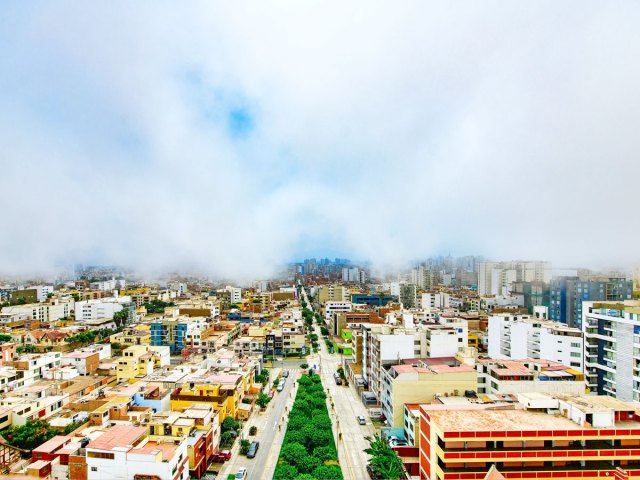
For a desert city, Lima can be surprisingly gray, with a cooler and more humid climate than you may expect. For about five months a year, from June through October, Peru’s capital city is shrouded in what’s known as the “garúa,” a persistent foggy mist that blankets streets and winds its way between buildings.
The city’s fog forms when warm, dry desert winds from inland meet the cold offshore Humboldt Current. The effect is always atmospheric, at times melancholy, and sometimes even magical. Author Herman Melville described it as “the strangest, saddest city thou can’st see” in his famous epic Moby Dick. Travelers might find the fog disappointing, but locals have long adapted to the mist, harvesting it for water and turning the city’s persistent grayness into a vital resource.
Zurich, Switzerland
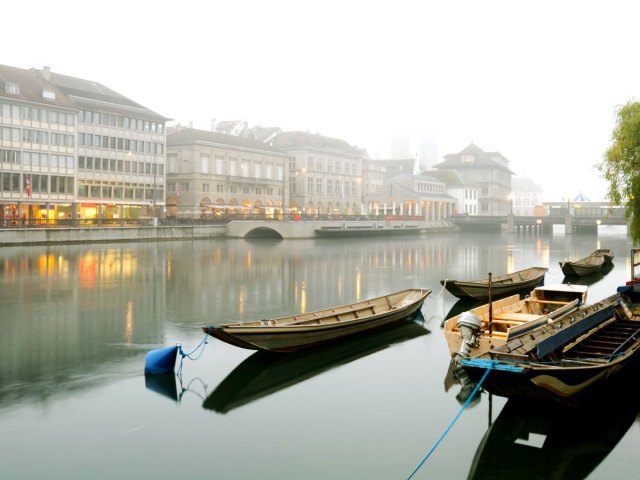
Radiation fog — also known as ground fog — forms on calm, cool nights when moisture in the air condenses near the ground. In Zurich, it often settles over the Limmat River, Lake Zurich, and in the surrounding valleys. Most common from November through February, the fog typically sticks around until the sun warms the air, clearing things up until the next patch rolls in.
With roughly 40 foggy days per year, Zurich’s misty spells add charm to its storybook streets. For locals, though, the fog is simply part of winter life — a signal to start layering up and staking out Zurich’s coziest cafes.
Chongqing, China
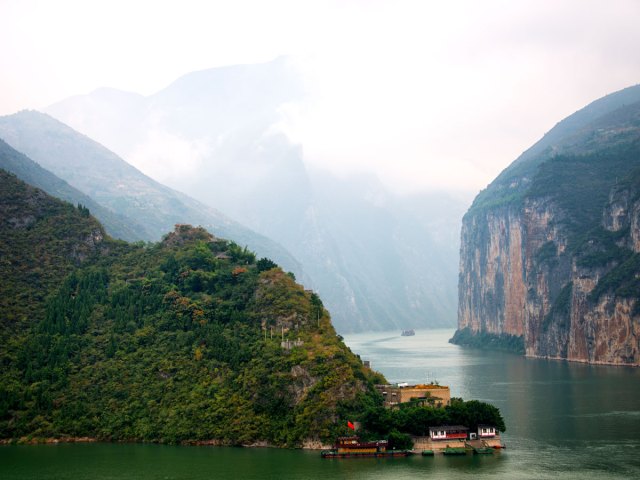
Chongqing is nicknamed “Fog City” for a reason: Dense fog blankets the Chinese metropolis for around 100 days of the year, sometimes lingering for weeks at a time. Located in southwestern China at the confluence of the Yangtze and Jialing rivers, Chongqing is surrounded by steep hills that block prevailing winds. The city also receives almost all of its rain from April through October. After the rains, Chongqing’s humid subtropical climate and river valleys make fog and mist a near-constant feature from October through April.
At its thickest, the fog severely reduces visibility and frequently affects ground, sea, and air traffic. It’s also known to trap and mix with the city’s air pollution, an unfortunate defining characteristic of life in Chongqing. However, with increased green initiatives in manufacturing and automobiles, the situation has been improving in recent years.
Valparaiso, Chile
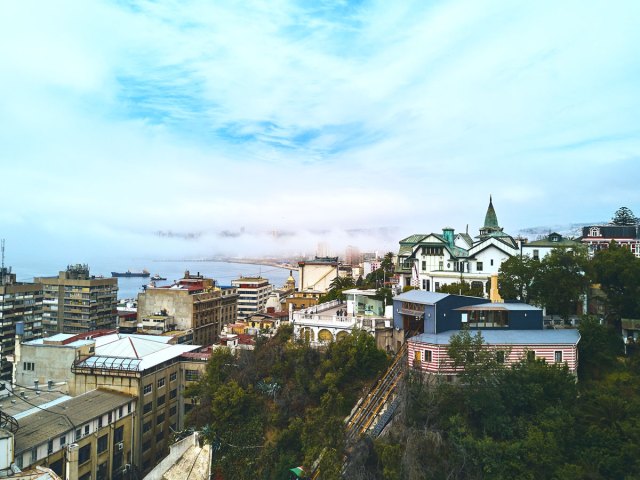
Nestled along steep hills above the Pacific Ocean, Valparaiso is regularly blanketed by what locals know as “camanchacas.” These dense coastal clouds form along Chile’s Pacific shore and drift inland over the colorful city, located about 75 miles northwest of Santiago.
Most common in the winter, from June until September, the thick mist creates dramatic views over the hills and ocean, no doubt an inspiration to the city’s thriving creative community. The frequent fog doesn’t just shape the city’s personality — it also creates microclimates similar to those in San Francisco, nourishing nearby vineyards and helping produce some of Chile’s signature white wines.
More from our network
Daily Passport is part of Inbox Studio, which publishes content that uplifts, informs, and inspires.
